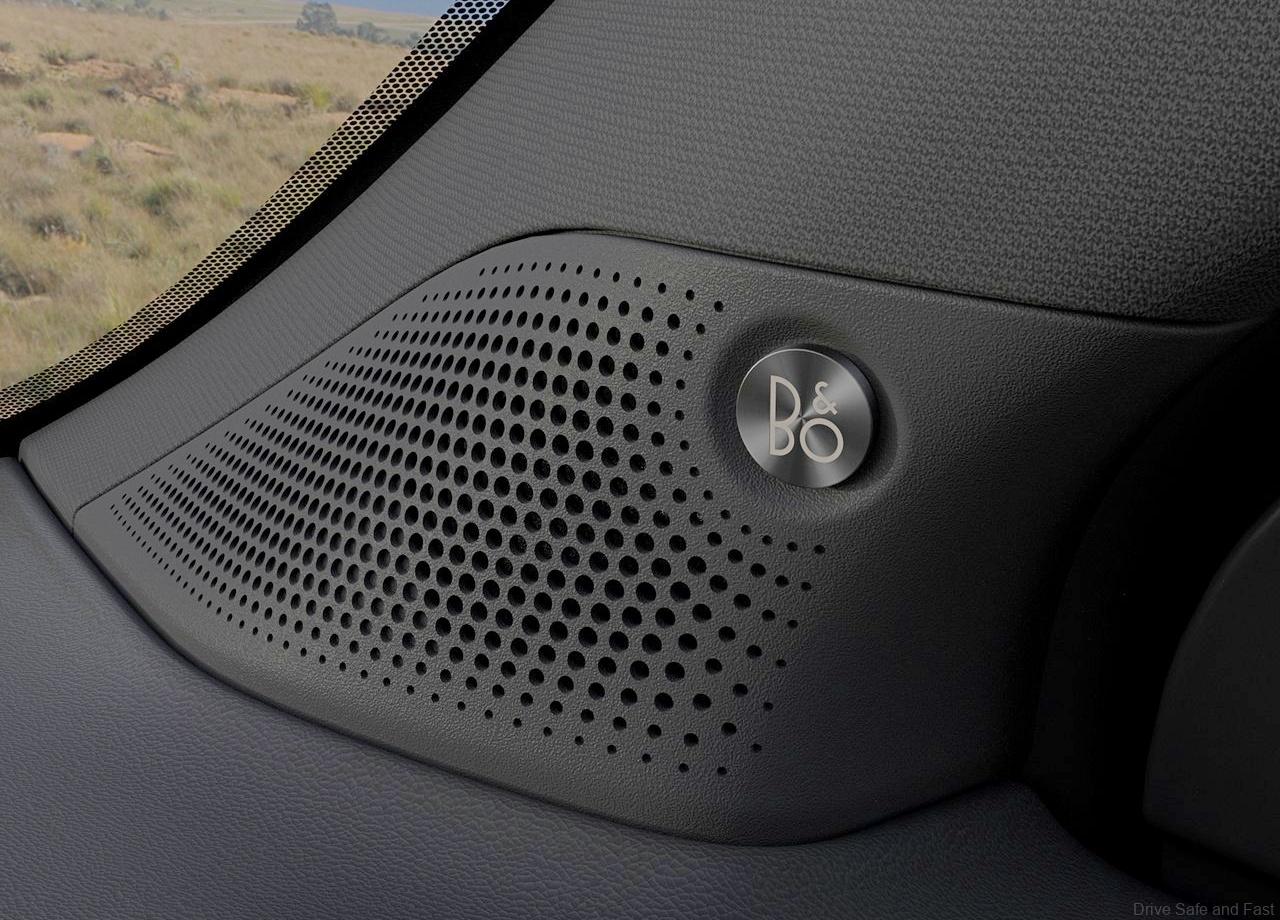A New-Generation Ford Everest has been shown and it looks really impressive.
The Ford Everest has long been a great contender in the 7-seater passenger pick-up (PPV) market, and now we have a new generation based on the upcoming Ranger.
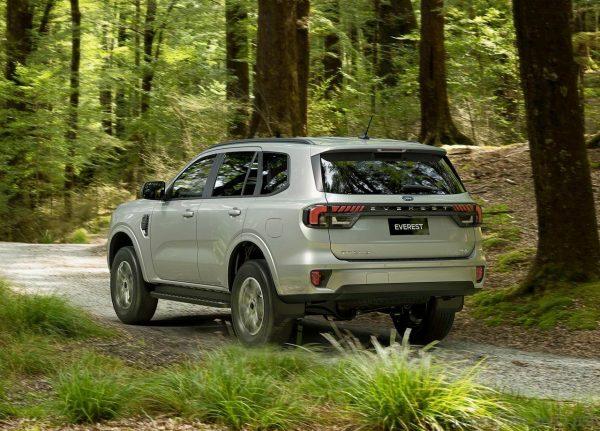
This next-generation Everest was globally debuted just yesterday and promises revolutionary changes to the segment thanks to new technologies and a new design objective “Tough on the outside, a sanctuary on the inside, amazing capability underneath”.
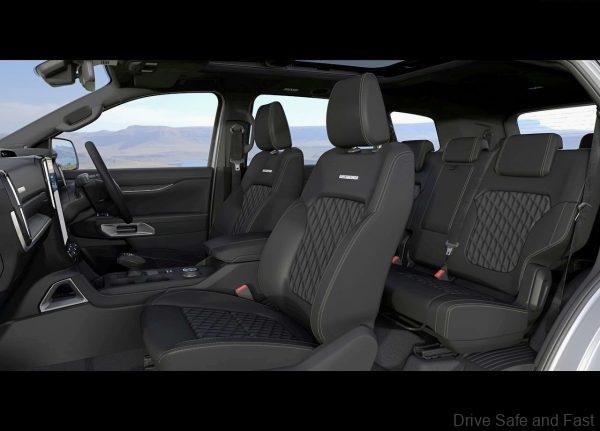
New Everest Re-Engineered
Powering the new 2023 Ford Everest are two engines. The base model gets the now-familiar 2.0L Bi-Turbo diesel with around 210 hp and 500Nm of torque while higher trim levels will be available with the new 3.0L V6 turbo diesel engine likely tuned to 250 hp and 597Nm of torque, though official figures have yet to be shared. Both engines will be mated to the 10-speed conventional automatic, carried over from the 2018 Ford Ranger. Trim levels, at least for Australia, will include the Ambiente, Trend, Sport and Platinum.
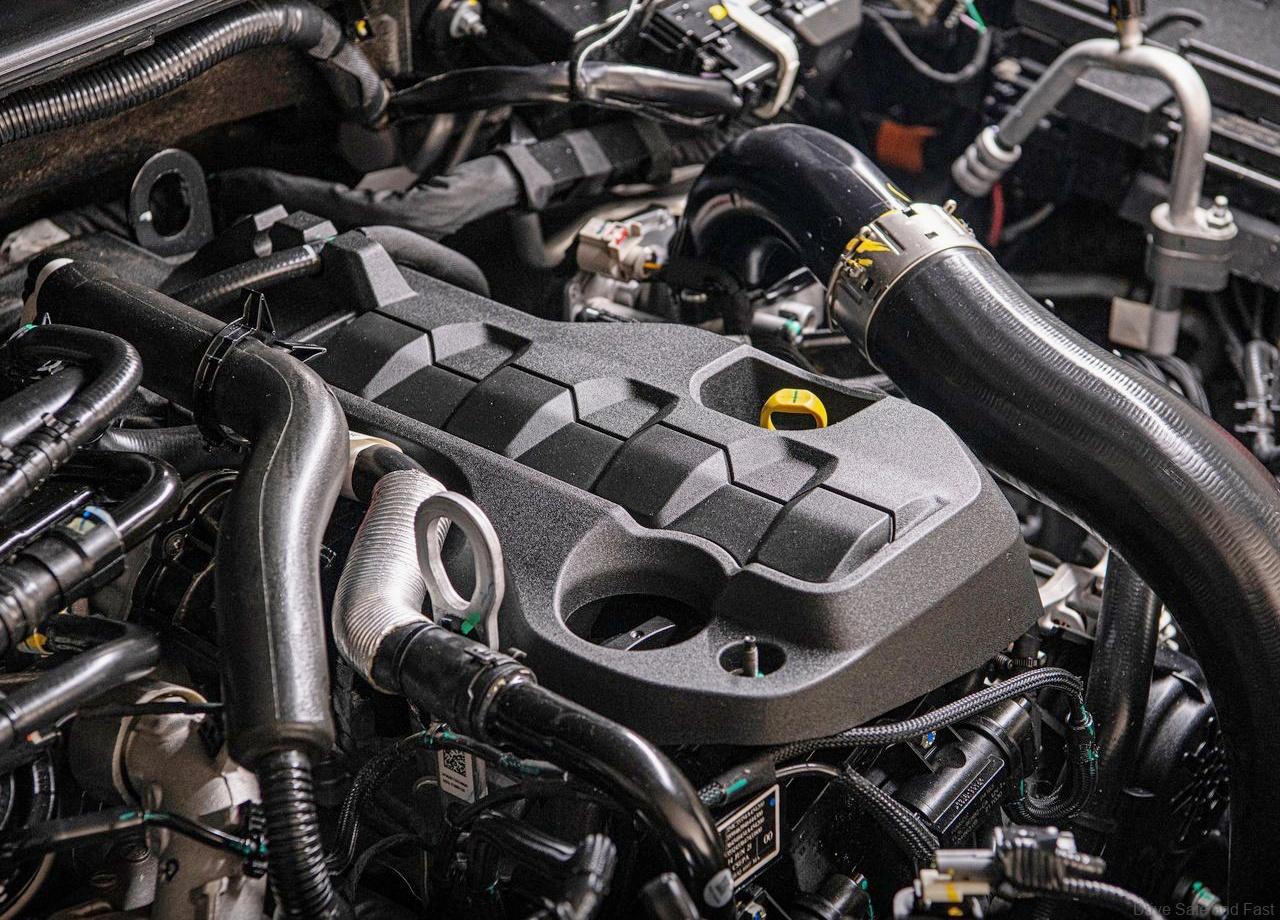

The Everest has been widened by 50mm to deliver better ride quality and its damper settings have been tweaked for more controllability on and off-road. Underbody protection, off-road selectable drive modes, a rear locking differential, two tow hooks at the front, and a permanent four-wheel drive system with an on-demand 2-speed electromechanical transfer case with selectable drive modes ensure the Everest is capable when driven off tarmac.
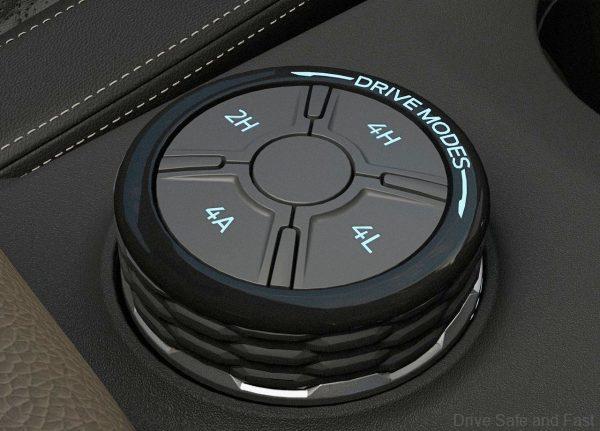
The Everest has a water-wading depth of 800mm and a maximum towing capability of 3500kg. New integrated roof rails allow up to 350kg of static loads and dynamic loads of up to 100kg to be roof mounted. A 4X2 RWD variant is also available.
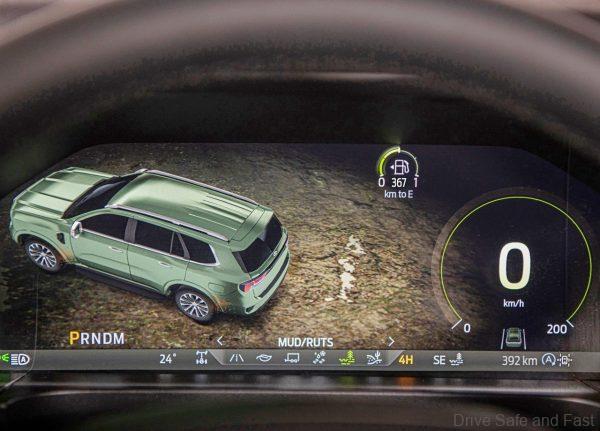
In its off-road drive modes, the Everest can display dedicated off-road displays using its 360-degree camera to help drivers navigate obstacles. Other information, such as the driveline and diff-lock indicators, steering angle, vehicle roll and pitch angles are also available to display.
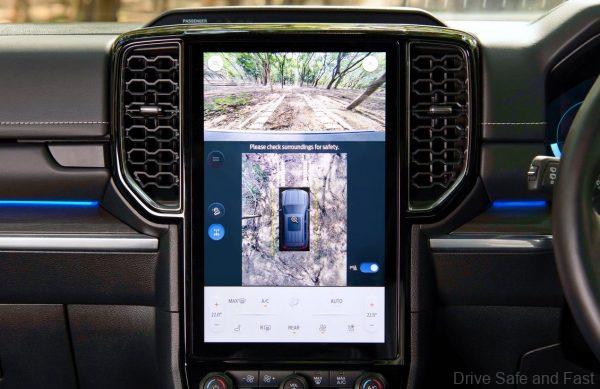
Exterior And Cabin Improvements
The new Everest design follows the DNA set by other Ford SUVs and the new Ranger. It features C-clamp headlamps and a strong horizontal upper grille bar. The range-topping Everest comes with 21″ alloy wheels in tri-coat paint with machined accents, a unique grille design with hot foil accented mesh and silk chrome accents. There’s also exterior zone lighting system for when parking and camping in dark areas.





The new Ford Everest comes with Matrix LED headlamps which automatically adjusts itself depending on the vehicle’s speed and the distance from other vehicles before it.

Inside, heated and ventilated premium leather accented front seats with 10-way power adjustment and memory functionality for the driver are available. A panoramic roof is also available. The interior has been fitted with more plush materials, better trim finishes and an ambient lighting package. You’ll find a portrait oriented infotainment system either sized 10.1″ or 12″, depending on the trim level. The digital instrument cluster is sized either 8″ or 12.4″ also depending on trim level. This system is fitted with the latest SYNC 4A system. The new Everest comes with Active Park Assist 2.0.

There are pop-out cupholders for the front occupants, a leather-trimmed e-shifter, wireless charging, an electric parking brake, and so much more.
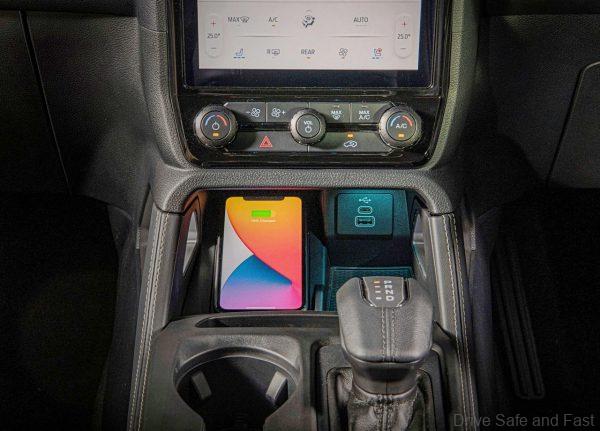
Third row access is easier now as the second row of seats are able to slide further forward. All three rows of seats have access to power outlets to charge devices on.
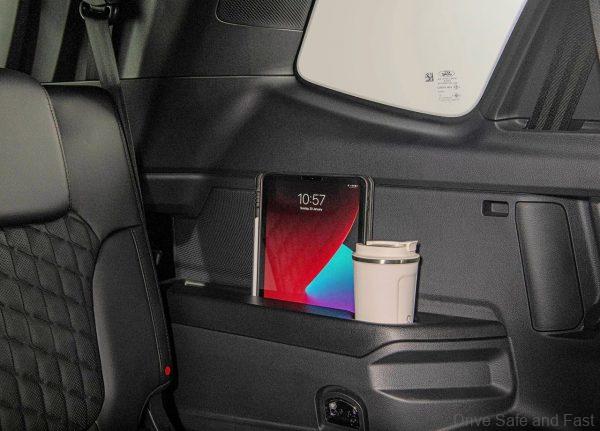
The second and third rows of seats can be folded flat for maximum cargo carrying capacity.

When the tailgate is lifted, items are prevented from rolling out by a small lip. There’s also an underfloor storage space for better cargo organisation.
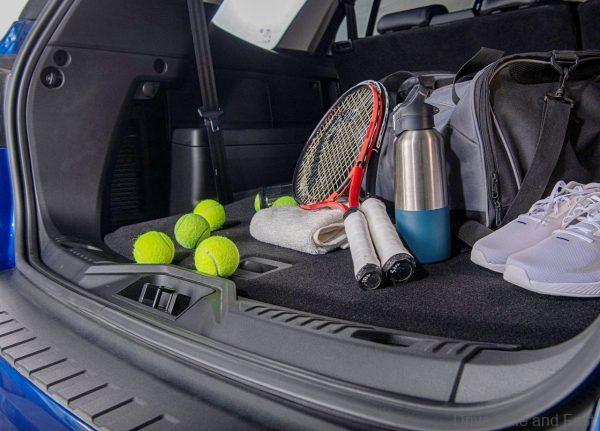
Safety has also been enhanced
The new Everest comes with new and improved driver assist systems and safety features. A new centre airbag between the front passengers provides additional side impact protection. There’s also a far-side airbag and dual knee airbags, dual side thorax airbags and side curtain airbags that reach all 3 rows, bringing the total airbag count up to 9.

Here are some of the Advanced Driver Assist Systems (ADAS) available on the new Everest:
- Intelligent Adaptive Cruise Control with Lane Centering and Stop & Go
- Lane-keeping system with road-edge detection, which helps keep the Everest from drifting from the lane or road surface on rural roads.
- Evasive steer assist, designed to operate at city and highway speeds, evasive steer assist uses radar and a camera to detect slower-moving and stationary vehicles ahead and provides steering support to enable drivers to maneuver around a vehicle when the vehicle senses a collision is imminent.
- Reverse brake assist helps drivers to reverse into parking spots and other tight spaces by providing audible and visual warnings. It can detect vehicles, cyclists and pedestrians crossing behind the vehicle. The system can even bring the Everest to a complete stop if the driver doesn’t react in time.
- Blind spot information system with trailer coverage monitors blind spots around the vehicle, and when fitted with an optional factory Tow Pack, monitors blind spots around the trailer, alerting the driver of any perceived hazards. The system supports trailers up to 2.4 metres wide and 10 metres long.
- Enhanced Pre-collision assist with intersection functionality can automatically apply the brakes to avoid or mitigate the effects of an accident where the driver is turning across the path of oncoming traffic, and the system detects an imminent collision.
